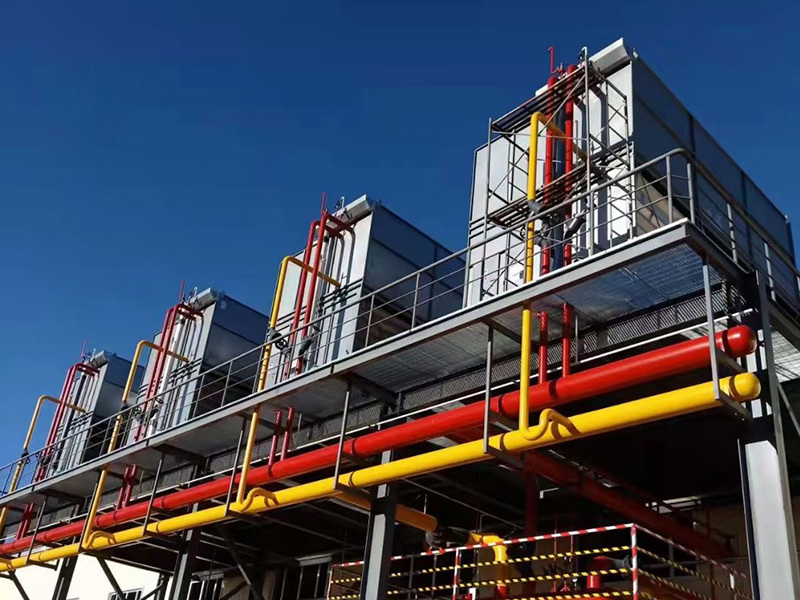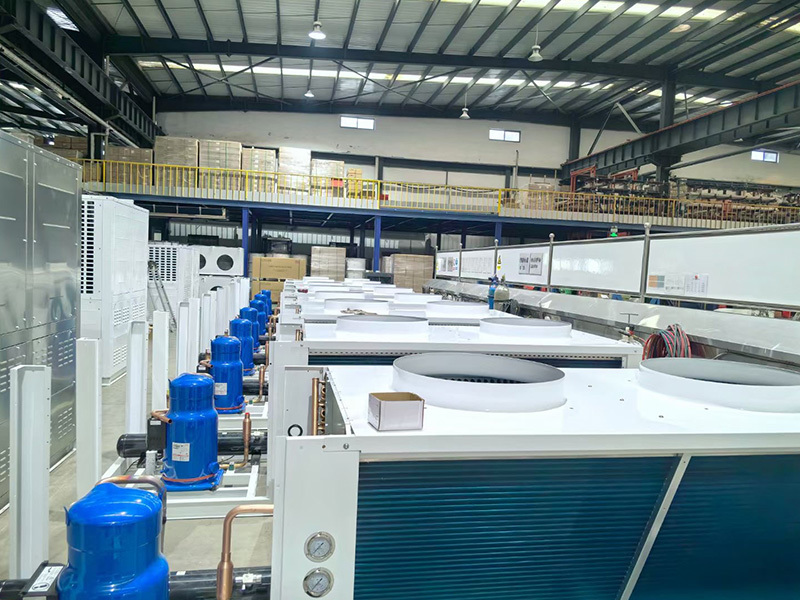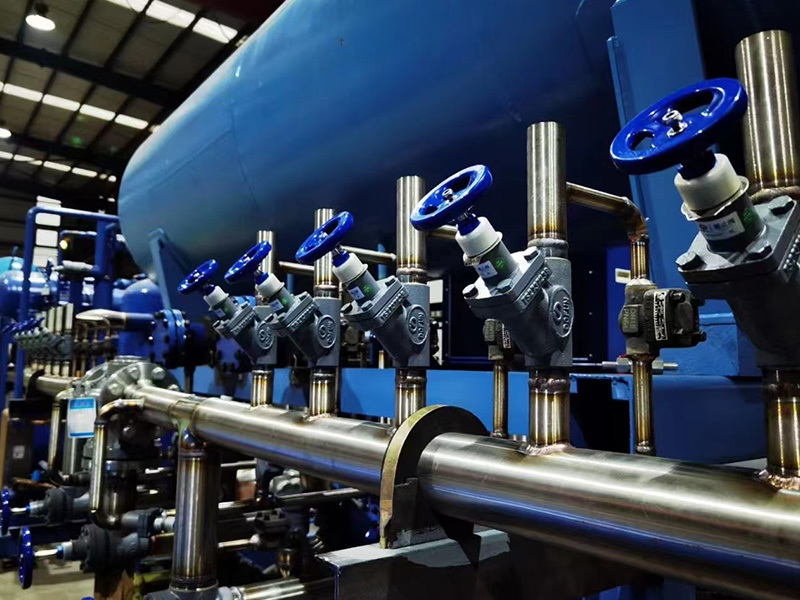The relationship between temperature and the preservation and storage of agricultural products
Release time:
Feb 05,2025
The relationship between temperature and the preservation and storage of agricultural products
After harvesting agricultural products, they remain living organisms. During storage, they must consume their stored nutrients to maintain their life, gradually losing their nutritional value and vibrant quality. Additionally, pests can treat the storage nutrients of agricultural products as a delicacy, leading to spoilage and loss of freshness and edible value. How to ensure that live agricultural products retain their nutritional value and vitality after harvesting, temperature is the most important influencing factor.
Generally, lower temperatures result in less nutritional consumption, lower pest and disease risk, and longer durations of maintaining fresh quality. The smaller the temperature change, the better the preservation effect. The preservation temperature is not unlimitedly low, as cold damage or freezing can occur even when the product can no longer tolerate it. So preservation and storage require a relatively stable suitable low-temperature condition. The optimal preservation temperature for most agricultural products is around 0°C.
Optimal temperature for preserving agricultural products: Temperatures vary throughout the year and throughout the day. Most agricultural products are typically cultivated and harvested at higher temperatures with significant day-night variations, making them highly unsuitable for preservation.
Many simple methods involve storing agricultural products in locations with relatively low natural temperatures, such as caves, cellars, or shaded areas, to extend their shelf life. These methods cannot be arbitrarily controlled, have poor preservation effects, and are also relatively short. To truly meet the long-term storage temperature requirements for products, the ultimate solution lies in artificially creating a relatively stable low-temperature condition, where temperatures can be controlled within a certain range through mechanical and electronic equipment. Common cold storage facilities are such facilities.
NEWS
How to troubleshoot the freezing problem of the chiller evaporator?
Insufficient refrigerant. The chiller may leak or seep refrigerant due to long installation or use time. When the refrigerant in the refrigeration system is reduced, the evaporation pressure is too low, resulting in ice on the evaporator. The location of the ice is generally in the front part of the evaporator. The troubleshooting method is to first deal with the leaking part and add enough refrigerant, and the fault will be eliminated.
How to solve the problem of low cooling capacity and high power consumption of the unit
After long-term use, the condenser is prone to scale formation in the pipes. If it is not handled in time, these scales will affect the heat exchange effect, causing the condensation temperature of the unit to increase, which in turn leads to a decrease in cooling capacity and an increase in unit power consumption. Therefore, the condenser should be descaled frequently.
There are five main reasons why the cold storage compressor exhaust is overheated
The main reasons for the exhaust gas temperature overheating are as follows: high return air temperature, large motor heating, high compression ratio, high condensing pressure, and improper refrigerant selection.

What should we pay attention to when designing cold chain logistics?
What should be paid attention to in the design of cold chain logistics? Cold chain logistics is an important way for us to transport food. The emergence of cold chain logistics has made our food no longer seasonal. What should be paid attention to in the design of cold chain logistics?

Causes of overheating of refrigeration compressor exhaust
The main reasons for the overheating of the exhaust gas temperature in the refrigeration system are as follows: high return air temperature, large motor heating, high compression ratio, high condensing pressure, and improper refrigerant selection.





